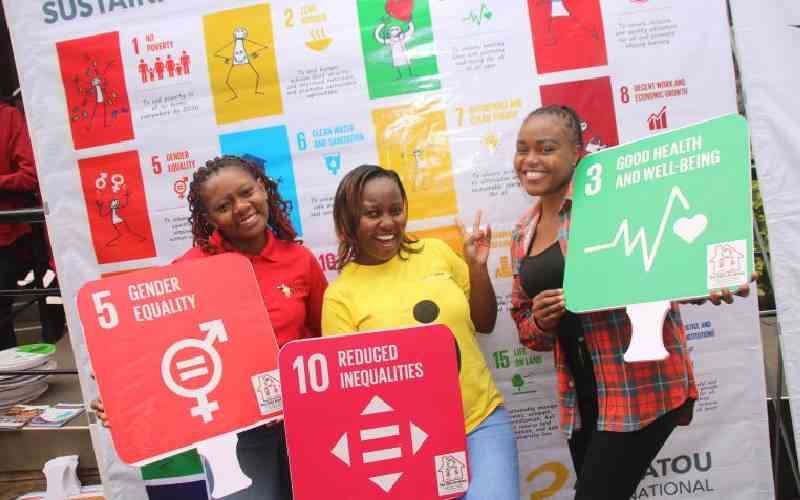×
The Standard e-Paper
Read Offline Anywhere

In a move to combat carbon emissions and foster environmental conservation, youth groups at the forefront of the fight against climate change have called upon the Mombasa County Government to invest in training and employing youths with green skills, focusing on the planting of mangrove trees.
Ajenda Kenya and Siasa Place have jointly appealed to the county to empower the youth by providing them with skills that align with green initiatives, thereby creating sustainable employment opportunities.